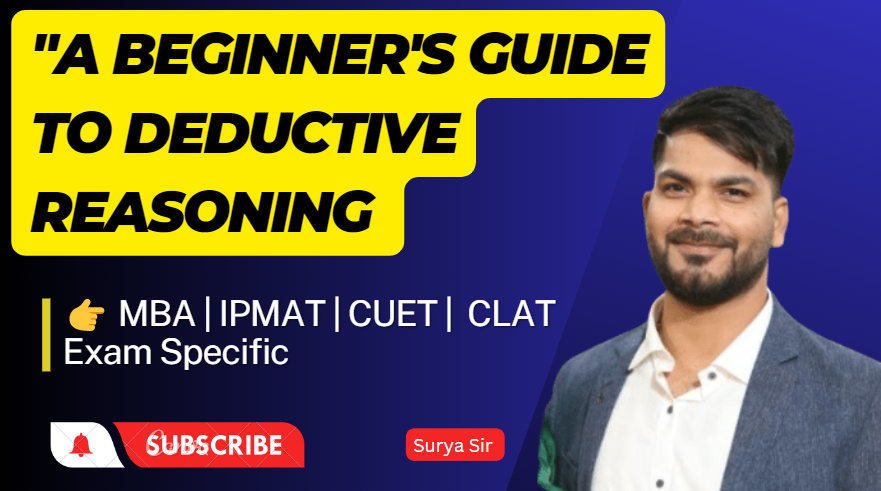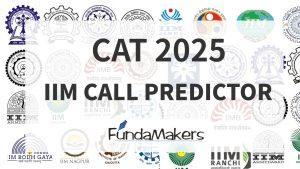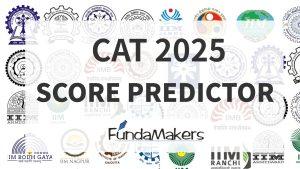Deductive logic, also known as deductive reasoning, is an important type of logical reasoning that is utilized in many different fields, including mathematics, philosophy, law, and science. In this beginner’s guide, we will provide an overview of deductive logic and explain how syllogisms play a key role in this process.
What Are Syllogisms?
A syllogism is a logical argument that consists of two premises and a conclusion. The premises are statements that provide evidence or support for the conclusion. The conclusion is the logical consequence that follows from the premises. Essentially, syllogisms allow us to draw logical conclusions from given premises.
Types of Syllogisms
There are two main types of syllogisms: categorical syllogisms and hypothetical syllogisms. Categorical syllogisms involve statements that involve classes of things. For instance: “All humans are mortal. Socrates is human. Therefore, Socrates is mortal.” Hypothetical syllogisms involve statements such as “if A is true, then B is true.” For instance: “If it rains, the ground will be wet. It is raining. Therefore, the ground is wet.”
Understanding Syllogisms
To understand syllogisms, it is important to identify the premises and the conclusion. The premises are the statements that provide evidence or support for the conclusion. The conclusion is the logical consequence that follows from the premises. In categorical syllogisms, the premises and conclusion always involve classes of things. For instance: “All dogs are mammals. All mammals have hair. Therefore, all dogs have hair.”
Drawing Logical Conclusions
Drawing logical conclusions from syllogisms involves understanding the relationship between the premises and the conclusion. If the premises are true, then the conclusion must also be true. For example, in the syllogism “All cats are animals. All animals have hearts. Therefore, all cats have hearts,” if we assume that the premises are true, then the conclusion logically follows.
Examples of Syllogisms:
- All humans are mortal. Socrates is a human. Therefore, Socrates is mortal.
This is a classic example of a syllogism. The two premises are “All humans are mortal” and “Socrates is a human”. The conclusion follows logically from the two premises, “Therefore, Socrates is mortal.” This example illustrates how deductive reasoning works – we start with a general statement about a group of things, and then we apply that statement to a specific thing in the group to draw a conclusion about it.
- All dogs are mammals. All mammals have fur. Therefore, all dogs have fur.
This syllogism starts with two premises, “All dogs are mammals” and “All mammals have fur”. The conclusion, “Therefore, all dogs have fur”, logically follows from these two premises. This example illustrates how we can use deductive reasoning to draw conclusions about one thing based on what we know about a larger group of things.
- No reptiles are mammals. All snakes are reptiles. Therefore, no snakes are mammals.
This syllogism uses a negative premise, “No reptiles are mammals”, to draw a negative conclusion about snakes, “Therefore, no snakes are mammals”. This example illustrates how we can use deductive reasoning to draw negative conclusions about things based on what we know about a larger group of things.
- All computers have a processor. All laptops are computers. Therefore, all laptops have a processor.
This syllogism uses two premises, “All computers have a processor” and “All laptops are computers”, to draw the conclusion, “Therefore, all laptops have a processor”. This example illustrates how we can use deductive reasoning to draw conclusions about one thing based on what we know about a larger group of things.
Conclusion:
Deductive reasoning is an important tool for making logical conclusions based on information we already know. By understanding the basics of syllogisms and deductive logic, we can become better at problem-solving and critical thinking. With practice and experience, we can develop our deductive reasoning skills and apply them to a wide range of real-world situations.
Syllogisms can be a complex topic, but watching a video can be a great way to fully understand the concept. Videos can provide a visual aid to help illustrate the ideas being presented, which can be especially helpful for those who are more visually oriented learners. Additionally, videos often provide real-world examples of syllogisms in action, which can make it easier to see how they can be applied in practical situations. Whether you are new to syllogisms or simply need a refresher, watching a video can be a useful tool for gaining a complete understanding of this important logical concept.
See this video tutorial of syllogisms.
Read More:
- About Us
- Blog
- Business News
- Careers
- CAT ClassRoom Coaching
- CAT coaching in Mumbai
- CAT Online Coaching
- CAT Previous Year Papers
- CAT/IPMAT/CUET Coaching in Lucknow
- CAT/IPMAT/CUET Coaching in Mumbai
- Contact Us
- CUET Coaching
- CUET Course Structure
- CUET Pricing
- Demo Page
- Download CUET UG Past Year Papers
- Download IPMAT Past Year Papers
- Exotic News
- IIFT IPM
- IIFT Previous Year Papers
- IIM BODHGAYA
- IIM Call Predictor
- IIM JAMMU
- IIM RANCHI
- IIM ROHTAK
- India News
- IPM INDORE
- IPM NALSAR
- IPM Prep
- IPMAT Online Coaching fees
- Know Your B-School
- MBA News
- Media
- News
- NMAT Previous Year Papers
- Online CAT Courses
- Our Results
- Privacy Policy
- Refund Policy
- Scholarship Test
- SNAP Previous Year Papers
- Terms Of Use
- Thank You
- TISS Previous Year Papers
- Title: Unleashing Success: CSAT Coaching in Lucknow with Fundamakers
- Undergraduate
- World News
- XAT Previous Year Papers
- CAT 2023
- CAT 2024
- CAT 2025
- CAT-20
- CAT-21
- CAT-22
- CMAT
- CUCET
- Hotel Management
- IIFT Exam
- IPMAT Prep
- Mass Media Program
- Psychology
- SNAP Exam
- TISSNET
- UG Entrance Exams
- XAT
- IIM Call Predictor 2025 | Check Your Chances of Getting an IIM Interview Call
- CAT 2025 Score Calculator: Best CAT 2025 Percentile Predictor by FundaMakers
- CAT Score Calculator
- CAT 2025 Analysis: Why Cut-Offs Will Drop This Year | Full Paper Review & Explained
- MDI Gurgaon Selection Criteria 2026-28: Complete Guide to CAT Cutoff, Shortlisting, WAT-GD-PI-BAT and Final Admission Process
Take a look of our other blogs :
1 https://fundamakers.com/gdpi-classes-in-lucknow/
2 https://fundamakers.com/maths-tips-for-beginners-for-cat/
3 https://fundamakers.com/cat-coaching-in-lucknow-fundamakers/
4 https://fundamakers.com/download-a-z-list-of-idioms-and-phrases-for-exams/
5 https://fundamakers.com/mastering-syllogisms-a-beginners-guide/
6 https://fundamakers.com/how-to-prepare-for-cat/
7 https://fundamakers.com/cat-night-classes-online-mode/
8 https://fundamakers.com/cat-percentile-predictor/
9 https://fundamakers.com/iim-call-predictor/
10 https://fundamakers.com/10-golden-rules-to-ace-the-iim-interviews/
11 https://fundamakers.com/cat-2022-score-vs-percentile-prediction/
12 https://fundamakers.com/the-best-cat-coaching-in-lucknow/
13 https://fundamakers.com/cat-2022-notification-important-dates-pattern-fees/
14 https://fundamakers.com/cat-results-fundamakers/
15 https://fundamakers.com/cat-scholarship-test/
16 https://fundamakers.com/how-to-prepare-for-cat-from-april/
17 https://fundamakers.com/iim-kozhikode-interview-experience/
18 https://fundamakers.com/how-to-crack-cat/
19 https://fundamakers.com/how-hard-is-the-cat-exam/
20 https://fundamakers.com/cat-exam-syllabus/
21 https://fundamakers.com/cat-d-day-tips/
22 https://fundamakers.com/how-to-improve-vocabulary-for-cat/
23 https://fundamakers.com/cat-online-coaching-know-everything/
24 https://fundamakers.com/tips-tricks-to-solve-odd-one-out-questions-in-cat-exam/
25 https://fundamakers.com/what-not-to-do-during-cat-preparation/
26 https://fundamakers.com/tips-and-tricks-to-solve-para-summary-questions-in-cat/
27 https://fundamakers.com/tips-tricks-to-solve-para-completion-question-for-cat/



